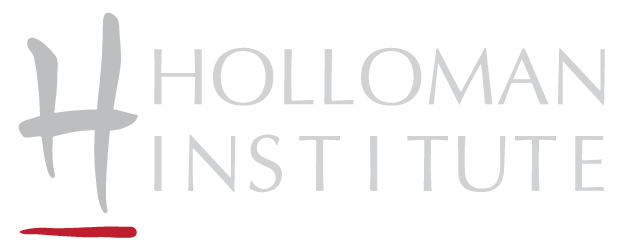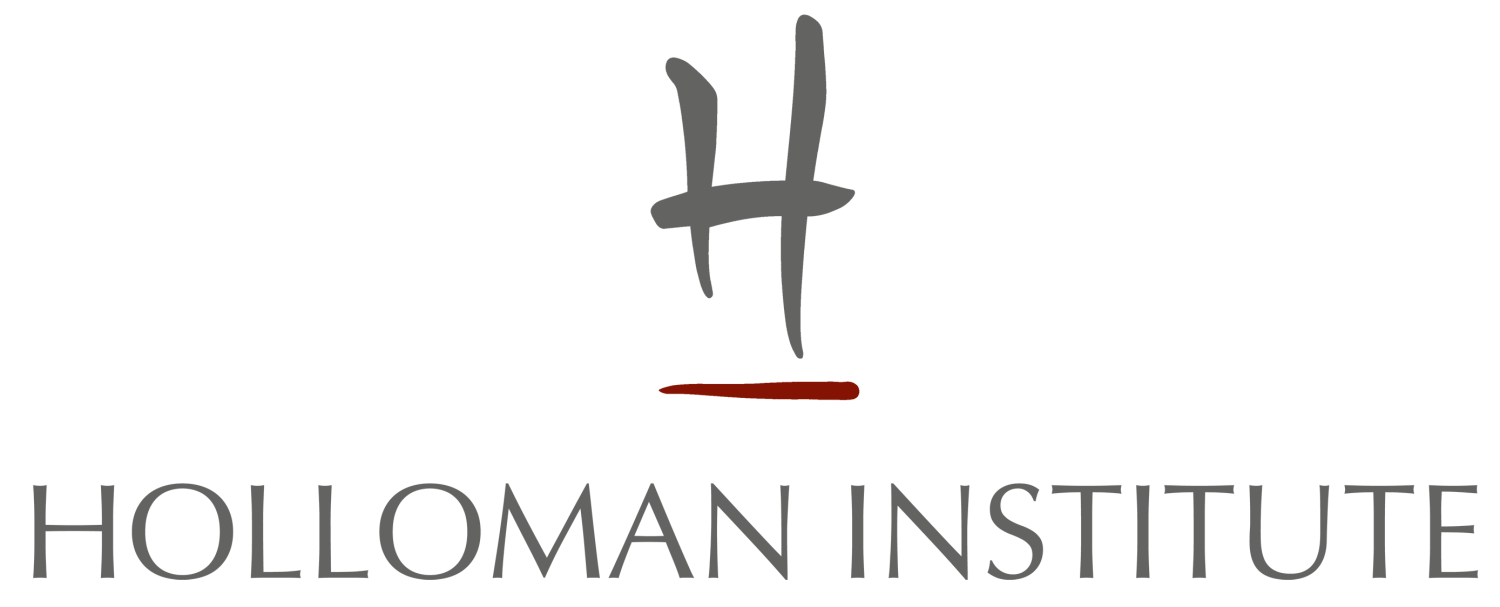Stanislav Grof in 1985 : Transpersonal Psychology and Quantum Physics. An interview with Stan by Perry Holloman at Esalen
“I had the privilege to interview Stan in 1985 about the Quantum/Relitivistic Paradigm and its relationship to the evolution of psychology into a fourth force in our understanding of psychological and spiritual development. Psychology often stops where our spiritual development begins. Listen to Stan discuss the history of Transpersonal Psychology and why traditional approaches have left many of our deepest experiences of extraordinary states unexplained.” Perry/2020

